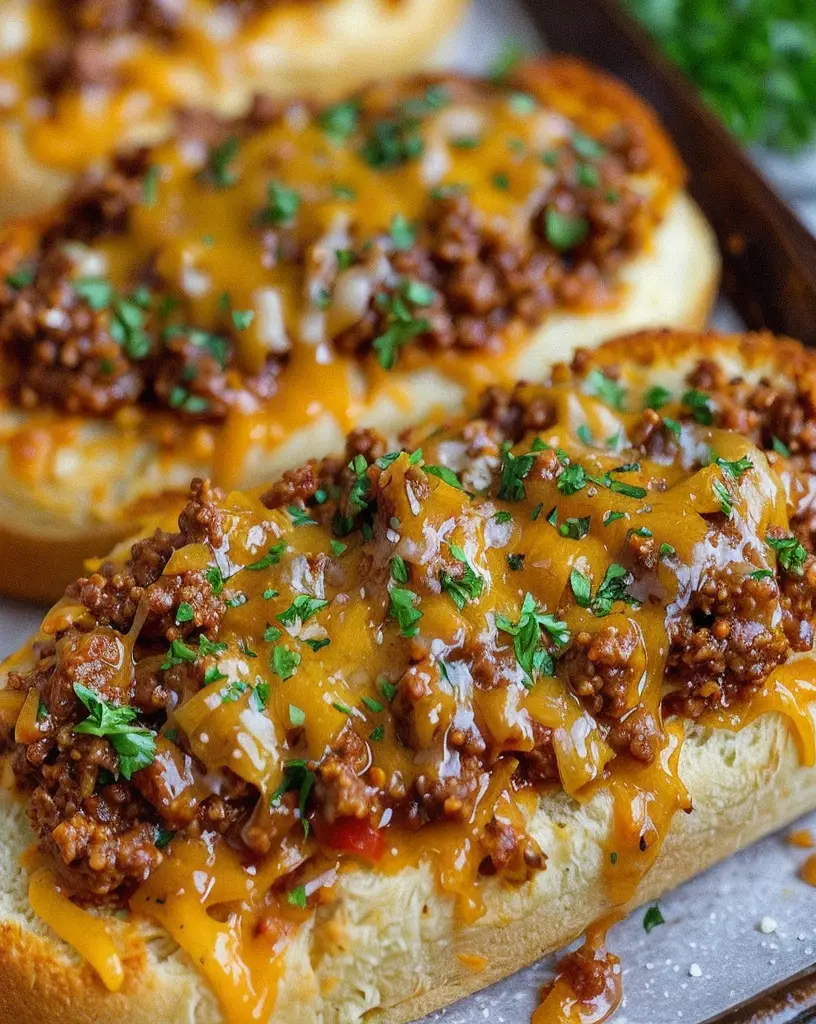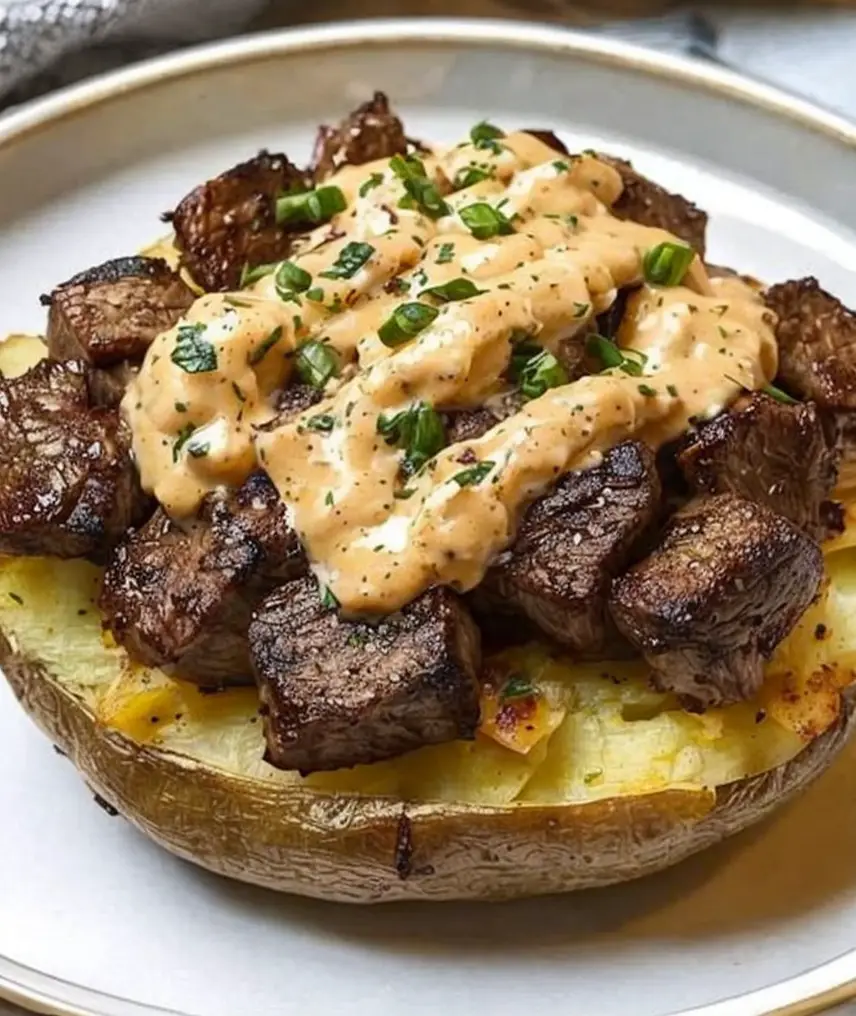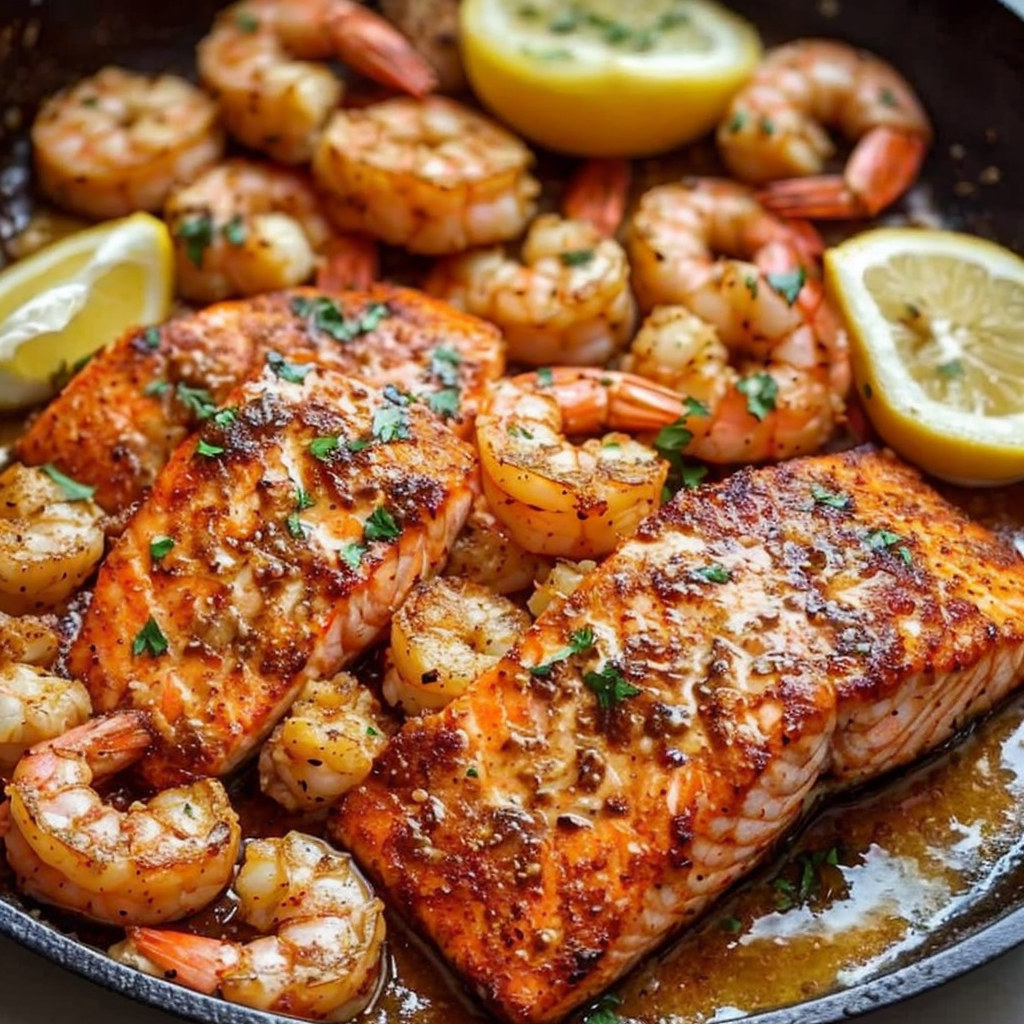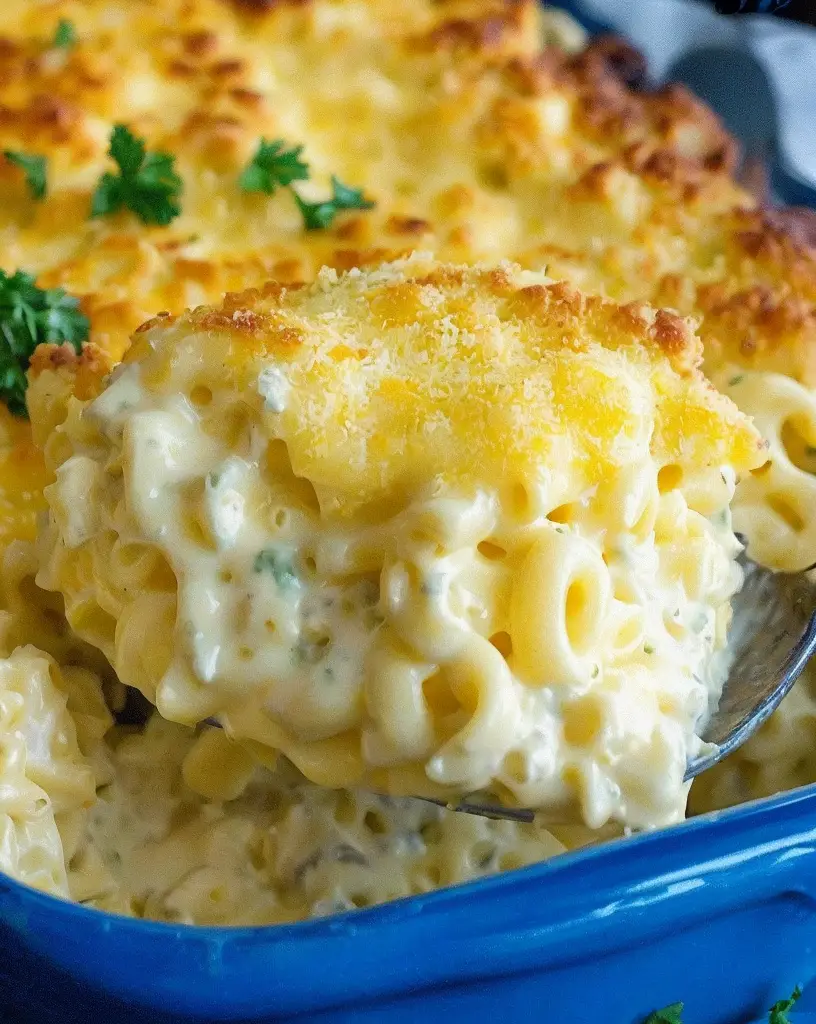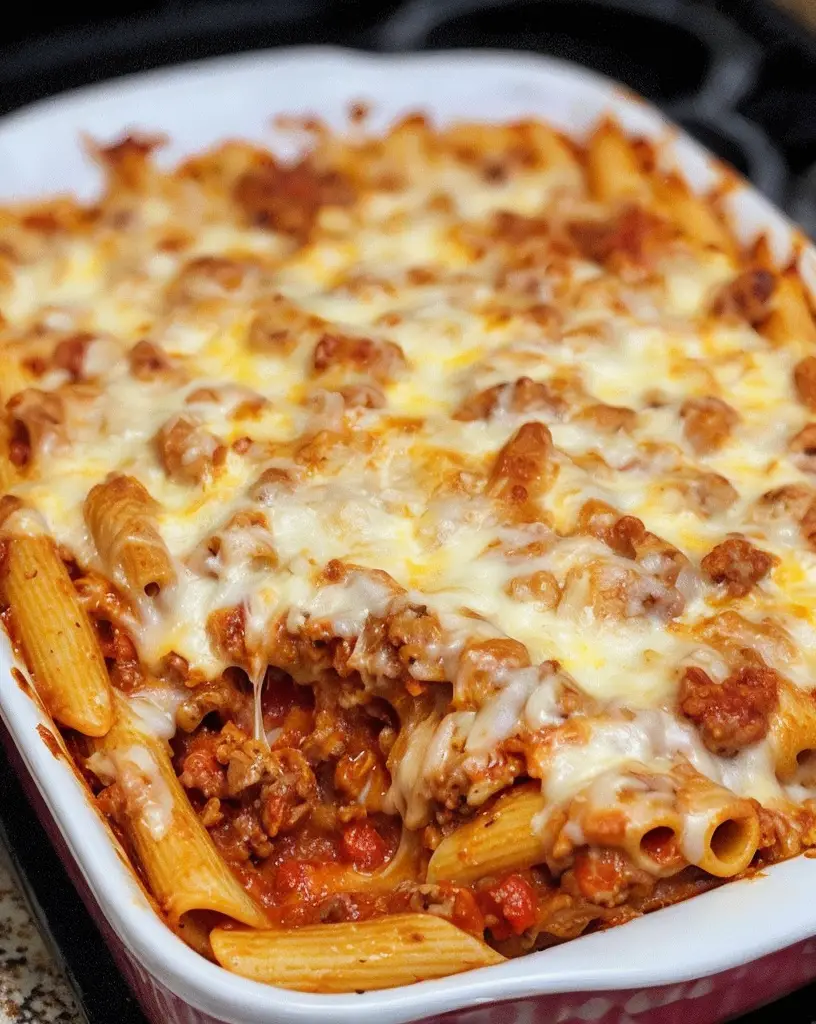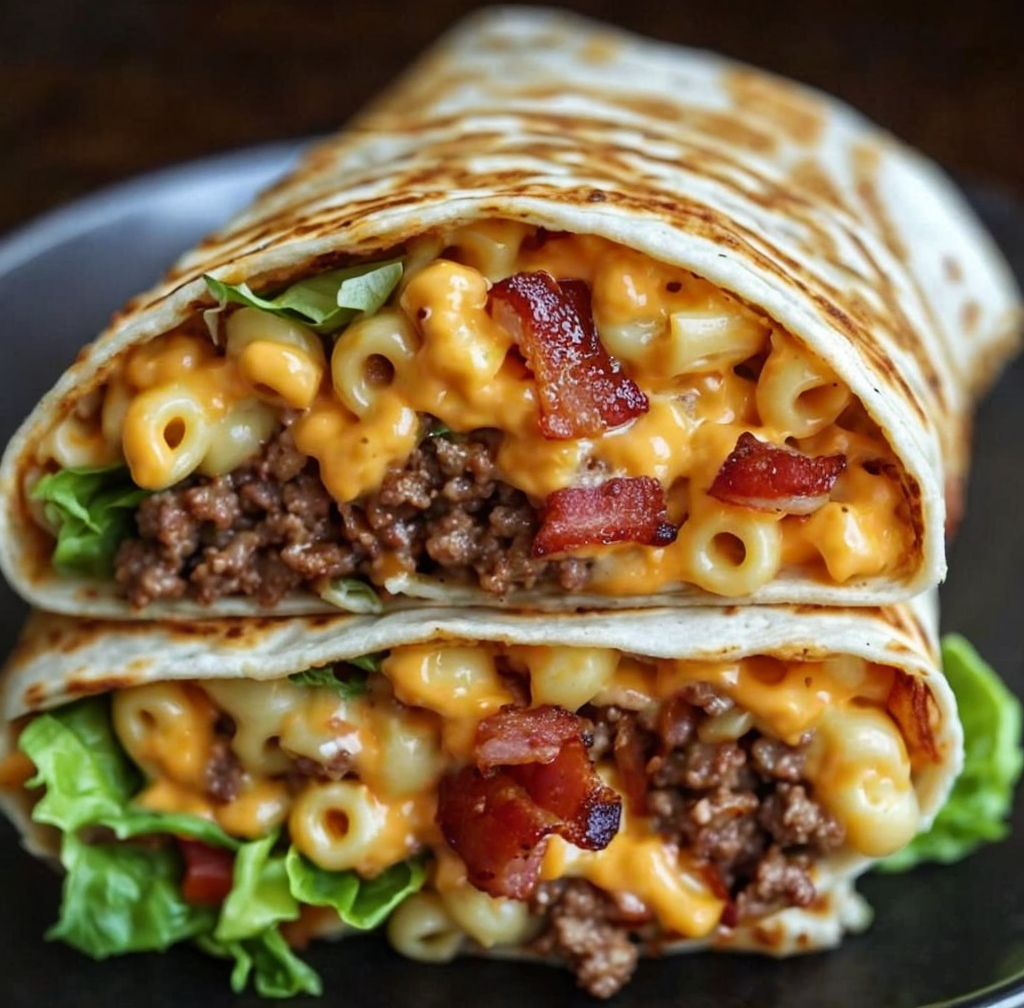Garlic Bread Sloppy Joes: A Flavorful Twist on a Classic Favorite
Garlic Bread Sloppy Joes brings together two comfort food favorites into a single delightful dish that will tantalize your taste buds. Imagine the savory flavors of traditional sloppy joes melded with the rich, buttery notes of garlic bread. This easy recipe is perfect for busy weeknights or a cozy weekend meal, promising to deliver a fulfilling and flavorful experience with each bite.
These Garlic Bread Sloppy Joes are more than just a meal; they are a delightful experience that combines textures, aromas, and tastes to create something truly special. Picture the perfect crispiness of garlic-infused bread cradling a hearty and savory beef mixture topped with melted cheese—every ingredient plays its part in creating a beautiful harmony that defines comfort and indulgence.
Quick Recipe Highlights
- Flavor Profile: Expect a perfect balance of savory ground beef, infused with the aromatic punch of garlic, and a hint of sweetness from ketchup.
- Texture: Enjoy a delightful contrast between the crispy toasted garlic bread and the juicy, tender beef filling, crowned with melted cheese.
- Aroma: Savor the enticing scent of freshly toasted garlic bread mingling with the rich aroma of seasoned beef.
- Visual Appeal: Presenting vibrant red from the beef mix, golden-brown garlic bread, and gooey cheese, creating an inviting and mouthwatering display.
- Skill Level Needed: Beginner-friendly, requiring basic cooking techniques and common kitchen tools.
- Special Equipment: A large skillet or frying pan will effectively accommodate all ingredients.
Recipe Overview
- Difficulty Level: Chosen as easy due to the straightforward preparation steps, requiring minimal cooking skills, perfect for novice cooks or quick meals.
- Category: This recipe fits the category of quick, filling, and heartwarming meals, suitable for lunch, dinner, or weekend gatherings.
- Cuisine: Rooted in American comfort food, this dish showcases culinary influences of traditional homemade recipes with a modern twist.
- Cost: An economical option, affordable ingredients make this dish both budget-friendly and accessible for most households.
- Season: Best enjoyed year-round, providing warmth and comfort during colder seasons yet delightfully satisfying anytime.
- Occasion: Ideal for weeknight dinners, casual parties, or family gatherings, delivering flavor without complexity.
Why You’ll Love This Recipe
This Garlic Bread Sloppy Joes recipe offers taste and texture appeal that merges two beloved comfort foods into one extraordinary dish. The juicy beef mixture, combined with fragrant garlic bread and melted cheese, creates a burst of flavors in every bite. Whether you’re craving something hearty or need a quick, fulfilling meal, this recipe checks all the boxes.
Convenience is a highlight, as this dish requires minimal preparation time and effort, making it perfect for busy days or last-minute meal plans. With just a few common ingredients, you can create a delightful and satisfying dinner that requires just 30 minutes from start to finish.
Nutritionally, this dish offers a good balance of protein from beef, carbohydrates from bread, and fat from cheese, making it a complete and satisfying meal. While it exudes indulgence, you can tweak ingredients to better fit dietary needs or preferences, offering flexibility and healthful advantages.
Socially, this dish is a true crowd-pleaser, perfect for sharing with friends and family. Its comforting nature makes it a fantastic option for game nights, casual get-togethers, and family dinners, creating joy and conversation around the table.
Cost-effectiveness is another plus. The use of affordable, easily accessible ingredients ensures that this recipe can fit within a budget, offering a delicious and satisfying meal without breaking the bank.
Historical Background and Cultural Significance
The origin of sloppy joes traces back to the early 20th century in America, believed to have emerged as an adaptation of a loose meat sandwich. Simple yet filling, it quickly gained popularity, becoming a staple in diners and home kitchens alike. Over the years, the dish evolved, with countless variations emerging in different regions.
Culturally, the sloppy joe represents the epitome of comfort food, evoking nostalgia for many. It has been adapted and modified to suit various tastes and preferences, from the traditional beef filling to vegetarian and vegan versions, illustrating its versatility.
The recipe’s evolution showcases how a basic concept can flourish into countless adaptations, each adding a new layer of flavor and style. Regional variations highlight local ingredients and flavors, ensuring that the dish remains fresh and exciting wherever it is served.
In different regions, ingredients and flavors vary, contributing to the dish’s adaptability. Whether it’s adding spices for heat, incorporating vegetables for texture, or tweaking the sauce for sweetness, each version reflects local tastes and preferences, offering a unique spin on a classic.
Ingredient Deep Dive
Ground beef serves as the protein heart of this dish, offering both taste and nutrition. Its cultural significance in American cuisine cannot be overstated, often associated with traditional dishes such as burgers and meatloaf. Nutritionally, beef provides a rich source of protein, iron, and essential nutrients, supporting muscle growth and energy.
When selecting ground beef, consider the fat content. A lean blend (85% lean) is preferred for balancing flavor and health benefits. Freshness is key, so check for a bright red color and firm texture. Store wrapped in airtight containers in the fridge for 1-2 days or freeze for up to 3 months.
Garlic contributes a significant aromatic note to this recipe. Known for its strong cultural significance and usage across various cuisines, garlic adds depth and warmth. Its nutritional benefits include anti-inflammatory and immune-boosting properties. Choose fresh, plump bulbs for maximum flavor, storing them in a cool, dry place away from direct sunlight.
Sloppy joes often include bread, with garlic bread elevating them to new heights. Choose a hearty loaf that can withstand the filling’s moisture. Storage tips for garlic bread involve cooling it to room temperature before refrigerating in a sealed bag for 2-3 days. For longer storage, wrap and freeze, reheating in an oven before serving.
Consider substitutions to adapt to dietary needs. Turkey or chicken offer lower-fat alternatives to beef, while mushrooms or lentils provide a vegetarian option. For bread, gluten-free variations are available, offering flexibility without sacrificing the dish’s integrity.
Common Mistakes to Avoid
- Overcooking the beef can lead to a dry filling. Cook just until browned and no longer pink to retain juiciness.
- Using stale or overly thick bread could result in a soggy sandwich. Opt for fresh, well-textured garlic bread to maintain crispiness.
- Not balancing flavors can lead to a one-dimensional dish. Ensure a harmonious balance between savory, sweet, and tangy elements.
- Overloading the sandwich can make it difficult to eat. Ensure a generous but manageable filling.
- Skipping fresh garlic for powder reduces aromatic depth. Fresh garlic provides a robust and authentic garlicky punch.
- Forgetting to pre-toast the bread may result in a lackluster texture. Light toasting enhances crunch and flavor.
- Neglecting to season the beef mixture can make the dish bland. Salt and pepper, along with herbs, enhance flavors.
- Using the wrong cheese can overpower the dish. Choose a mild, melty cheese to complement the flavors.
- Overcooking the garlic can cause bitterness. Sauté until golden, not brown, for optimal flavor.
Essential Techniques
Creating the perfect Garlic Bread Sloppy Joes involves mastering a few essential techniques. The initial technique is browning the beef. This process not only cooks the meat but also develops a rich, savory flavor due to the Maillard reaction. To master this, ensure your pan is hot before adding the beef and avoid crowding to prevent steaming.
Perfectly toasting the garlic bread is another key technique. The goal is to achieve a crisp exterior with a soft interior. This is accomplished by brushing the bread lightly with garlic-infused butter and baking until golden brown, providing a savory and crunchy base for the sloppy joe mixture.
Combining flavors effectively is crucial for this recipe’s success. Ensuring that each ingredient is proportioned correctly and seasoned allows the unique characteristics of each to shine while harmonizing into a comforting, cohesive dish. Tasting as you go helps maintain balance and adjust to personal preferences.
Pro Tips for Perfect Garlic Bread Sloppy Joes
For exceptionally flavorful beef, add a splash of Worcestershire sauce during browning. It enhances umami, pairing perfectly with the garlic bread’s savory profile.
Include finely chopped onions in the beef mixture to add moisture and depth of flavor. Cook until translucent for a subtle sweetness that complements the beef and garlic.
For added richness, incorporate a tablespoon of tomato paste into the beef mixture. It provides a concentrated tomato flavor, enhancing the overall taste.
Enhance garlic flavor by using roasted garlic in the butter mix for the bread. Roasting reduces bitterness and intensifies sweetness, offering a delicious twist.
Keep melted cheese in mind. Cheddar offers sharpness, Monterey Jack adds creaminess, and Swiss provides nuttiness. Blend to your preference for a custom cheese experience.
Switch up your greens. Adding fresh spinach or arugula to the filling introduces a fresh note, balancing the hearty, meaty tones, and incorporating additional nutrients.
Variations and Adaptations
Regional variations of Garlic Bread Sloppy Joes abound, allowing customization to personal taste and cultural influences. In the Southwest, adding chili powder and jalapeños infuses the dish with characteristic heat, while Midwest versions may incorporate sweet corn for added texture and sweetness.
Taking advantage of seasonal ingredients allows for refreshing adaptations. Summer might introduce fresh basil or pesto for a Mediterranean flair, while autumn could inspire incorporating mushrooms and sage for earthiness.
To accommodate dietary needs, consider designing a low-carb version by placing the beef mixture in hollowed-out bell peppers. Keto followers may use almond flour bread, while gluten-free options exist to suit various restrictions.
Flavor variations can take this dish from familiar to exotic with a few simple tweaks. Try infusing the beef with curry powder and coconut milk for an Indian-inspired twist, or add teriyaki sauce and sliced green onions for an Asian influence.
Adjusting for texture may include using a food processor to finely mince vegetables, creating a smoother filling. More crunch can be introduced through toppings like crispy onions or shredded cabbage.
Presentation can also vary, from the traditional open-faced sandwich style to bite-sized, appetizer-friendly sliders, allowing flexible serving options for different occasions.
Serving and Presentation Guide
For an eye-catching presentation, consider plating open-faced Garlic Bread Sloppy Joes using rustic wooden boards or colorful ceramic plates. The contrast between the golden bread and the vibrant beef topping is visually enticing.
Garnishing with freshly chopped parsley or basil provides a pop of color and freshness, enhancing both aesthetics and flavor. A light sprinkle of paprika adds a touch of smokiness and visual warmth, perfect for enhancing the rustic appeal.
Traditionally paired with a refreshing side salad or crispy fries, this dish is versatile enough for modern accompaniment as well. Think roasted vegetables or quinoa salad for a refreshing change, bringing additional nutrients to your meal.
When serving, temperature matters; aim to deliver the dish hot, just out of the oven, ensuring the cheese is at its gooey best and the beef filling remains juicy.
Consider portion control techniques like slicing the bread into manageable sections, suitable for individual servings, making it ideal for gatherings and buffet-style dining.
Wine and Beverage Pairing
Pairing wine with Garlic Bread Sloppy Joes can elevate the dining experience. Opt for a medium-bodied red like Merlot or Zinfandel, their fruity and subtle spice notes complement the savory beef filling.
For non-alcoholic alternatives, consider a glass of iced tea or sparkling water infused with lemon or mint. Their refreshing nature contrasts with the rich garlic and beef flavors without overpowering them.
Coffee may not be a common pairing, but a strong espresso can serve as a bold finish to this hearty meal, cleansing the palate and complementing the savory notes.
The serving temperature of beverages should be balanced; chilled for wines and non-alcoholic beverages contrasts with the hot dish, enhancing the overall sensory experience.
Serving suggestions include using stemless glasses for a casual setting, matching the laid-back vibe of the meal, and making the experience comfortable and approachable for all guests.
Storage and Shelf Life
Storing leftovers properly ensures the quality and safety of your Garlic Bread Sloppy Joes. Refrigerate the beef mixture in an airtight container for up to 3 days, ensuring freshness.
For the best method, separate the components: Keep the beef mixture and bread separate to avoid sogginess. The bread should be wrapped in foil or stored in a bread box.
Temperature considerations suggest refrigerating promptly to prevent bacterial growth, maintaining a temperature below 40°F (4°C).
Signs of spoilage include off odors, change in texture, or visible mold, indicating the leftovers should not be consumed if present.
Reheat leftovers in a skillet for best texture, adding a splash of liquid to retain moisture. Alternatively, use the microwave for convenience, but be cautious of overcooking the beef.
Freezing the beef filling is a viable option, allowing storage for up to 3 months. Thaw overnight in the refrigerator before reheating, ensuring food safety and quality.
Make Ahead Strategies
Prepare components ahead of time for a stress-free cooking experience. The beef mixture can be cooked in advance and refrigerated, staying good for 2-3 days.
Storage between steps is crucial. Keep beef in airtight containers and store bread in a bread box or similar to maintain freshness.
Quality impact assessment shows minimal change; flavors meld beautifully over time, enhancing taste without compromising texture.
Assembly tips include ensuring bread is toasted just before serving, guaranteeing crispiness and not absorbing too much moisture.
Reheating guidelines emphasize using a skillet for the filling to maintain moisture and texture. Cheese can be added during reheating for freshness.
Fresh element additions, such as fresh herbs or a squeeze of lemon, brighten flavors, adding a pop of freshness when ready to serve.
Scaling Instructions
When halving the recipe, reduce each ingredient accordingly, ensuring a consistent balance of flavors. Use smaller equipment, if possible, to avoid altering the cooking process.
Doubling or tripling requires scaling ingredients proportionally, ensuring appropriate seasoning adjustments as flavors concentrate with larger volumes.
Equipment adjustments might include using larger frying pans or multiple skillets to accommodate increased quantities, maintaining consistent cooking times and textures.
Timing modifications may be necessary for browning or simmering processes, so keep an eye on cooking cues to prevent over or undercooking.
Storage considerations increase with scaling; ensure sufficient containers and refrigerator space to accommodate additional portions securely.
Nutritional Deep Dive
Breaking down the macronutrient profile, Garlic Bread Sloppy Joes deliver a balanced mix of protein, carbohydrates, and fats, providing energy and sustenance.
The micronutrient analysis highlights essential vitamins and minerals such as iron, vitamin B12 from beef, and the immunity-boosting properties of garlic.
Health benefits include muscle maintenance from protein, energy from carbohydrates, and beneficial fats, with garlic contributing to anti-inflammatory and cardiovascular health.
Dietary considerations might involve portion control for calorie-sensitive individuals, ensuring a balanced intake according to dietary needs.
Portion analysis aids in understanding caloric distribution per serving, assisting with meal planning for weight management and healthy living.
Weight management tips include pairing the dish with a salad or steamed vegetables, providing fiber, reducing calorie density, and promoting satiety.
Dietary Adaptations
For gluten-free variations, use gluten-free bread alternative while ensuring all ingredients, like sauces, are certified gluten-free to avoid cross-contamination.
Create a dairy-free version by substituting cheese with a dairy-free alternative or nutritional yeast, offering a cheesy flavor without the lactose.
A vegan adaptation involves replacing beef with lentils or black beans and ensuring all components, such as bread and sauces, align with vegan principles.
For low-carb enthusiasts, consider using almond flour bread or lettuce wraps, maintaining the filling’s essence while significantly reducing carbohydrate intake.
Those following a keto diet may appreciate using low-carb bread alternatives and incorporating high-fat ingredients like avocado or full-fat cheeses.
Paleo adaptations include eliminating grains and refined sugars, using sweet potatoes or cauliflower as a base instead of bread and ensuring natural ingredient use.
Troubleshooting Guide
Address texture issues by ensuring proper cooking time for each component. Tough beef might be due to overcooking; use gentle, moderate heat to maintain tenderness.
Flavor balance can be restored by adjusting seasonings. If too salty, add sweeteners or acidity. Conversely, a bland dish can benefit from more spices or aromatics.
Temperature problems arise from inadequate reheating. Ensure components are even in temperature to maintain flavor and texture integrity.
Equipment challenges involve ensuring the skillet size matches the ingredient volume, preventing overflow or inadequate caramelization during cooking.
Ingredient substitutions may require taste testing; alternative proteins or vegan cheeses can alter flavors, so season adaptively for best results.
Timing concerns, especially for multitasking, can be mitigated by pre-prepping ingredients, ensuring a smooth recipe flow and timely completion.
Recipe Success Stories
Community feedback consistently highlights the recipe’s adaptability and crowd-pleasing nature. Readers love sharing their flavor variations, achieving unique dishes with ease.
Variation successes include incorporating locally sourced ingredients and switching up herbs or spices, yielding delightful twists that often become newfound favorites.
Adaptation stories showcase readers altering components to fit dietary needs, proving the recipe’s flexibility while maintaining its delicious core.
Reader suggestions offer valuable insights; small tips from adding heat with cayenne to enhancing flavors with fresh herbs contribute to the communal cooking experience.
Photography tips guide aspiring food bloggers in capturing the dish’s beauty. Highlight cheese pulls, garnish vibrancy, and texture for eye-catching visuals.
Frequently Asked Questions
Choose ground beef with around 15% fat content for flavor and juiciness, but adjust based on preference for leanness.
Can I use pre-made garlic bread?
Yes, pre-made garlic bread is a time-saving option, but ensure it’s freshly toasted for optimal texture and flavor.
How can I add more vegetables?
Incorporating finely chopped vegetables like bell peppers or carrots into the beef mix can add nutrition and texture.
What’s the best way to store leftovers?
Store components separately in airtight containers in the fridge for up to 3 days and reassemble before serving.
Are there vegan alternatives?
Use plant-based ground meat and vegan cheese substitutes for a delicious vegan adaptation of the recipe.
How do I prevent soggy bread?
Ensure the bread is toasted well, serve immediately, and avoid excess filling to maintain crispness.
Can I freeze the assembled sandwiches?
It’s best to freeze the components separately; thaw and combine upon reheating for freshness.
What sides pair well with this dish?
A fresh green salad, roasted vegetables, or corn on the cob complement and balance the meal nicely.
How can I add spice?
Incorporate sliced jalapeños or a dash of chili powder to the beef mixture for an added kick.
Is there a substitute for Worcestershire sauce?
Soy sauce with a splash of vinegar offers a similar savory depth if Worcestershire sauce is unavailable.
What’s the best cheese to use?
Cheddar, Monterey Jack, or a cheese blend provide gooey goodness, enhancing the dish’s savory profile.
How do I keep cheese from sticking to the pan?
Use a non-stick skillet or lightly coat the surface with non-stick spray to prevent sticking.
Additional Resources
Explore related recipes such as Classic Sloppy Joes or transform leftover garlic bread into amazing croutons, each providing new ways to enjoy similar flavors.
Technique guides can enhance kitchen skills, offering insights on perfecting frying techniques or understanding flavor profiles to better tackle any dish.
For those interested in ingredient information, delve into articles exploring beef varieties, the health benefits of garlic, and selecting the best cheeses.
Equipment recommendations guide you to finding the perfect skillet or bread knife, ensuring seamless preparation and presentation.
Seasonal variations highlight the recipe’s adaptability to new ingredients, encouraging exploration of local markets and fresh produce.
Join the Conversation
Engage with us on social media by sharing your Garlic Bread Sloppy Joes creations. Tag us with your photos and experiences using the recipe hashtag, fostering community interaction and shared culinary joy.
Photography tips offer guidance on capturing your culinary masterpiece. Focus on lighting, composition, and detail to highlight the food’s texture and colors.
Recipe reviews help fellow home cooks learn from shared experiences; offer your thoughts, tweaks, and tips in the comments section below the post.
Join our community through cooking forums and recipe swaps, sharing successes, adaptations, and inspirational ideas with fellow culinary enthusiasts.
Experiment with recipe variations and innovation, whether it’s international influences or dietary adjustments, and share your newfound favorites with fellow readers.
The Recipe
Garlic Bread Sloppy Joes
Serves: 4
Prep Time: 10 mins
Cook Time: 20 mins
Total Time: 30 mins
Kitchen Equipment Needed
- Large skillet
- Oven-safe tray
- Spatula
- Garlic press (optional)
Ingredients
- 1 lb ground beef
- 4 slices of garlic bread
- 1 cup shredded cheese (cheddar or Monterey Jack)
- 1 small onion, finely chopped
- 2 cloves garlic, minced
- 1 cup ketchup
- 1 tbsp Worcestershire sauce
- Salt and pepper to taste
- Basil or parsley for garnish
Directions
- Preheat oven to 350°F (175°C). Arrange garlic bread on a baking tray.
- In a large skillet over medium heat, cook the onions and garlic until translucent.
- Add ground beef, breaking apart with a spatula, and cook until browned. Drain excess fat.
- Stir in ketchup, Worcestershire sauce, salt, and pepper; cook for an additional 5 minutes.
- Toast the garlic bread in the oven until crispy, approximately 5-7 minutes.
- Spoon the beef mixture over the toasted garlic bread, top with cheese, and bake until cheese is melted.
- Garnish with chopped basil or parsley before serving.
Recipe Notes
- Substitute turkey for a leaner meat option.
- To add more flavor, incorporate herbs like oregano or thyme into the beef mixture.
- For a spicier version, add chili flakes or hot sauce to the beef.
